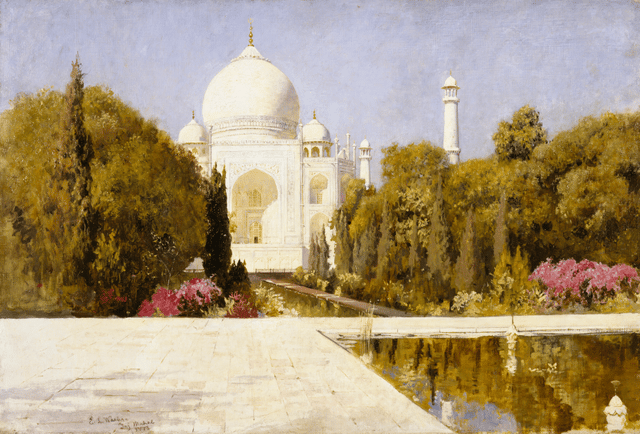Ustad Ahmad Lahauri

Ustad Ahmad Lahauri

Ahmad Lahori | |
|---|---|
| Occupation | Architect |
Ustad Ahmad Lahori, also spelled as 'Ahmad Lahori' was an Iranian architect.[1][2] He is said to have been chief architect of the Taj Mahal in Agra, India, built between 1632 and 1648 during the ruling period of Mughal emperor Shah Jahan. Its architecture, being a combination of Persian, and Mughal architectural styles, is widely considered to be a 'wonder of the world' and the scholar Rabindranath Tagore described it as 'a tear on the face of eternity'.[3]
Ahmad Lahori | |
|---|---|
| Occupation | Architect |
Life
Shah Jahan's court histories emphasise his personal involvement in the construction and it is true that, more than any other Mughal emperor, he showed the greatest interest in building new magnificent buildings, holding daily meetings with his architects and supervisors. The court chronicler Lahori, writes that Shah Jahan would make "appropriate alterations to whatever the skilful architects had designed after considerable thought and would ask the architects competent questions."[4]
Lutfullah Muhandis, two architects are mentioned by name; Ustad Ahmad Lahori[5][6] and Mir Abd-ul Karim.[7] Ustad Ahmad Lahori had laid the foundations of the Red Fort at Delhi (built between 1638 and 1648). Mir Abd-ul Karim had been the favourite architect of the previous emperor Jahangir and is mentioned as a supervisor, together with Makramat Khan,[7] for the construction of the Taj Mahal.[8]
See also
Ustad Isa